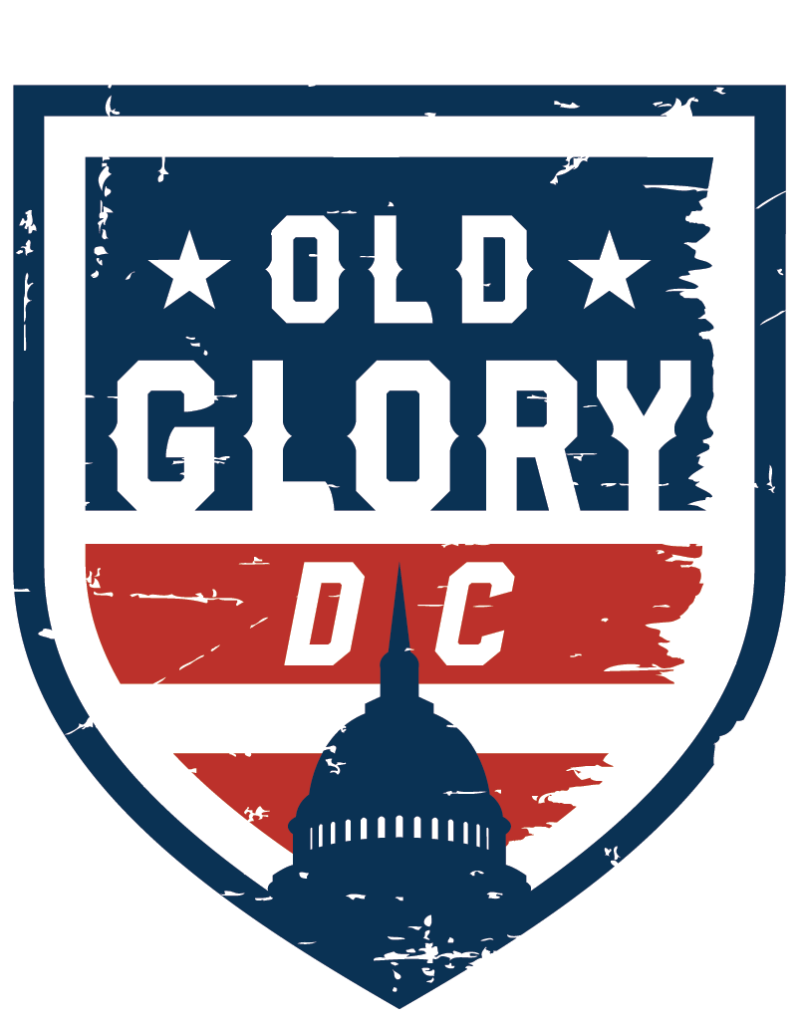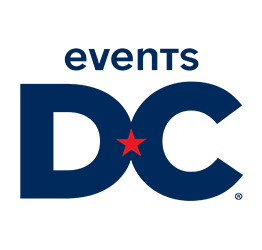Like the rest of Washington, the rugby field on the National Mall was covered with snow this week. But Old Glory DC were safely indoors, preparing for the return of Major League Rugby, the US professional rugby union competition that kicks off year eight this weekend.
“It’s about 73 degrees inside” the St James, the “sports, wellness and entertainment complex” in Springfield, Virginia, where Old Glory train, said Paul Sheehy, with a laugh.
His Old Glory co-owner, Chris Dunlavey, laughed too, when asked if he was jealous of RFC Los Angeles, MLR rivals who spent some of preseason in Fiji, where they pushed the Drua of Super Rugby before going down 33-26.
The short version is it’s no surprise it’s cold in the mid-Atlantic and in the north-east, where the defending-champion New England Free Jacks play, but things will warm up once Old Glory start the season in Florida on Saturday, against the Miami Sharks.
The league is one team lighter, the Dallas Jackals having withdrawn.
“We have 11 teams today that I think are, across the board, the strongest ownership groups we’ve ever had,” said Dunlavey, a partner in a program management firm and club rugby lifer who has co-owned Old Glory with Sheehy (a leading auto-salesman, once a US Eagles wing) since day one in 2020.
“When Paul and I first met Dean Howes, the commissioner at the time, one of the things he told us was that essentially MLR was modeled on the organization and business plan that Major League Soccer had pursued for the preceding 20 years. Which has proven to be a successful formula in terms of a new league in the US.
“He told us, ‘You’re going to lose some clubs along the way. You should expect there’s going to be some shakeout between those clubs that develop a really lasting ownership backing and others where they’re just in the wrong business or the right circumstances don’t transpire to keep them functioning. You’re going to lose some teams.
“That doesn’t mean that’s a threat to the overall business plan of the league, particularly if your average ownership group is getting stronger and deeper-pocketed, and more professional and more businesslike as time goes on, which I think is what has happened to us.”
Year one was 2018. Seven teams took the field. Five are still playing, in San Diego, Houston, Utah, New Orleans and Seattle (champions in 2018 and 2019). But founding teams in Glendale, Colorado, and Austin, Texas, are gone and so are the first LA team (champions in 2021, out in 2022) and New York (champions in 2022, out in 2023.) Toronto also exited in 2023, while Atlanta moved west, to become RFCLA.
Hailing a new TV deal with ESPN – “I don’t think I’ve ever heard as much positive press and texts and contacts about the league” – Sheehy said: “As we approach [Old Glory’s] season six, we’ll be heading down to Miami. You get a sense when you travel to these stadiums of the progress the league’s making. You can see the fanbase that’s growing. Miami last year was a new team, and they just had an incredible set-up. I had never visited Seattle. I visited them last year, and it was a tremendous game. The Free Jacks play-off game we lost, they put on an excellent show [in Quincy, Massachusetts]. Their fanbase really turns out.
“So everywhere you go in this league, you’re seeing growth, you’re seeing excitement, you’re seeing entertainment. Rugby is growing.”
That certainly seems to be the case in the DMV – the District of Columbia, Maryland and Virginia – where junior tag rugby flourishes and high-school and college tackle programs range from fledglings to perennial national championship contenders, in the case of Gonzaga, a boys’ high school in DC.
Sitting atop all that, MLR is fast and raw. There are a lot of foreign coaches and players, from Australia, New Zealand, South Africa, the Pacific islands, the UK and Europe, Argentina and Uruguay too. Argument rumbles on about how many Americans should be playing, given the pressing need to improve the men’s national team ahead of a US World Cup in 2031.
Sheehy and Dunlavey have partnered with the Scottish Rugby Union. This year, they have a Scottish head coach, Simon Cross; a Scotland lock, Rob Harley, as captain; and a capped Scotland full-back in Damian Hoyland. They have signed Steffan Hughes, an experienced center from the Dragons in Wales but the two owners say such imports must help develop homegrown players.
Dunlavey said: “I think it was our third year when Paul and I met and determined we were going to make a commitment to what we believe MLR should be about, which is the development of American talent, in support of our international team’s performance and in the broader interest of growing the game and developing interest and loyalty among supporters. We really wanted to be the leading organization within MLR in developing domestic talent.
“That includes people that are very literally homegrown, who grew up in our area here and went to Gonzaga, learned their rugby there and played for clubs like the Maryland Exiles and went through maybe a division one college program somewhere, but came back to the DMV and played for Old Glory. Then there are others, whether they were born elsewhere but are American eligible, or people that can become US eligible because of family or the time they spend in the country. But it’s really about growing the game here in the US.”
Parked at a fittingly all-American spot – the Lincoln Memorial – Sheehy switched on his camera. Pointing out that 23 of the 39-strong Old Glory squad are US-qualified, he said: “A strong US Eagles team certainly is important to us. We are tied to the performance of the US national team with pathway development, like we’ve had for Cory Daniel and Jack Iscaro.”
Daniel is a back-rower, born in Silver Spring, Maryland, a convert from college wrestling. Iscaro, a prop, grew up in Olney, also in Maryland, and played rugby at Gonzaga. Last Friday, he deployed to a packed Washington Youth Rugby fundraiser at Eastern Market, near the US Capitol, speaking to an eager audience and posing patiently for selfies.
“They’re really good role models,” Sheehy said. “Jack coaches at Gonzaga, which is really important to us. We’re not satisfied by any means with the number of American players we’ve had, and it’s certainly something the league has been challenged with. But Chris and I have addressed the team about it: the international talent is here to raise the standard of American play. That’s our belief. That’s not maybe every MLR team, but that is certainly Old Glory.”
Dunlavey and Sheehy spoke positively of their relationship with Scott Lawrence, the coach who led the US to an encouraging 2024, ahead of a schedule this year that will determine whether the Eagles return to the World Cup in Australia in 2027, having missed out on France last time. Also praised was Anthem RC, a joint venture between MLR, USA Rugby and World Rugby which last year installed a squad of young Americans in Charlotte, North Carolina. Organized at short notice, Anthem lost all 16 games. There’s precedent for that, and for improvement second time out.
In 2020, Old Glory won four of five games then saw their first season killed by Covid. They missed the playoffs in 2021 and 2022, then made the eastern final in 2023 and the eliminator last year, both times beaten by New England.
Finding a suitable stadium is a perennial challenge in MLR but this season will be Old Glory’s second at the Maryland Soccerplex in Germantown, outside DC but beautifully appointed, seating 5,000 over a superb playing surface.
Jack Iscaro of Old Glory DC carries the ball against Rugby New York Ironworkers in Mount Vernon, New York in March.
Debt collectors, dodgy turf and medical bills: the brutal realities of life in MLR
Read more
Sheehy has “heard some of the referees refer to it as the Augusta of Major League Rugby, because of how pristine the grass is”. Dunlavey pointed to a benefit for players: “It’s becoming widely viewed across our league as one of the best, if not the best pitch for players to play on, and we think that’s starting to show up in our injury statistics too. It’s better for our players’ health.”
Short version: much of MLR is played on artificial turf, sometimes to players’ vocal discomfort. Again: this is frontier rugby. On the injury front, ever a rugby concern, Old Glory is also exploring technological frontiers through a partnership with BrainScope, a medical device that “objectively assesses head injured patients for both brain bleeds and concussions at point of care”.
On the field, MLR is no stranger to tweaking laws to speed up the game. This year brings a variety of ways to reduce the number of scrums. Basically, scrums will not be used as a way to restart play, except after forward passes or knocks-on. Fan sentiments have ranged from “why not just play rugby league” to earnest questions about how the US can develop the front-five forwards it needs on the world stage if scrums and their hallowed horriblenesses are limited in league competition.
Asked where the change came from, Sheehy and Dunlavey answered diplomatically: the competition committee, on which they do not sit. Anyway, rules are rules and kick-off looms.
Dunlavey said: “The coaches know their formula they want to implement. So much of the squad are returning … I’m really excited about where we’re going to go.”
Sheehy agreed: “Simon Cross has spent the whole off season working in the DMV area, working with [development side] Young Glory, working with many of our players, and we’re just in a much better place.”
https://www.theguardian.com/sport/2025/feb/15/major-league-rugby-mlr-old-glory-dc-espn
Reposted with permission





